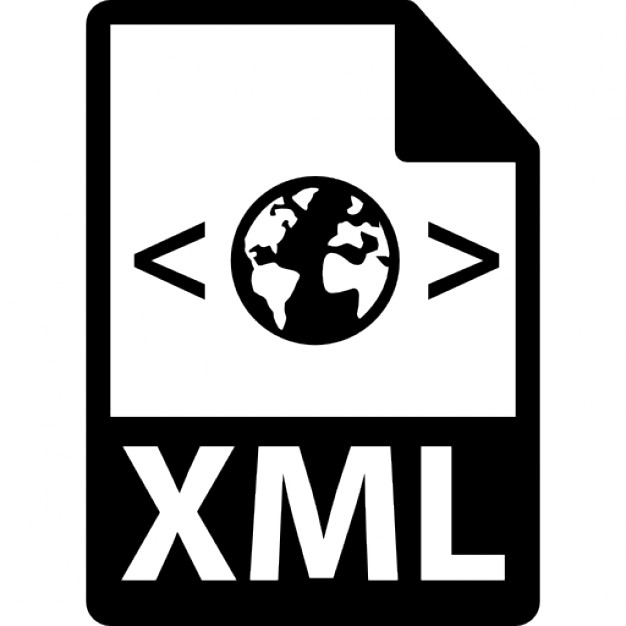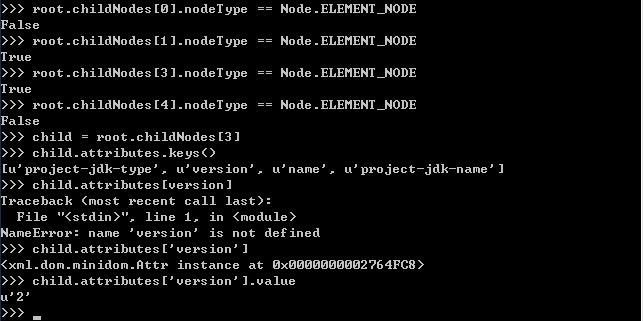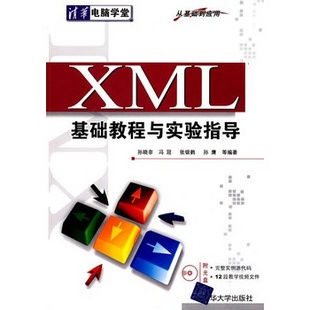Summary of usage of xml configuration
1. Android fade-in and fade-out animation xml configuration code display Introduction: code snippets, code sharing, PHP code sharing, Java code sharing, Ruby code sharing, Python code sharing, HTML code sharing, CSS code sharing, SQL code sharing, JavaScript code sharing 2. Code display of Android telescopic animation xml configuration Introduction: Code Snippets, code sharing, PHP code sharing, Java code sharing, Ruby code sharing, Python code sharing, HTML code sharing, CSS code sharing, SQL code sharing, JavaScript code sharing 3. Android translation animation xml configuration code display Introduction: code snippets, code sharing, PHP code sharing, Java code sharing, Ruby code sharing, Python code sharing, HTML Code sharing, CSS code sharing, SQL code sharing, JavaScript code sharing 4. Briefly introduce the idea of OFBiz using xml configuration interface Introduction: This article describes the idea of briefly introducing OFBiz's use of xml configuration interface. You can refer to the following 5. Using Jdom to read XML files ##Introduction: When learning Spring, we I often see many xml configuration files. Spring uses IOC (Inversion of Control) through configuration in the configuration file to achieve code flexibility. In this article, I will introduce a way to parse xml--Jdom 6. Specific analysis of PHP implementation of database connection pool ##7. 8. Introduction: There is a table with a large amount of data. It is updated every day. Its fields can be configured through the xml configuration file. That is, the fields may be different every time the table is created. 9. Compile Tinyxml into a static library under Linux Introduction: An application needs to be run on a Linux server. It cannot be guaranteed that each server has the libraries that the application depends on, and it is too lazy to install it on every server. It is not realistic, so the application uses All the libraries you get are compiled into static libraries and can be directly thrown to the server to run. This is an example of an application calling an xml configuration file that relies on the tinyxml library, [Related Q&A recommendations]: java - The first question below is For springmvc, the java - springmvc reports an error when configuring json Error creating bean ##java-web - Java WEB: What kind of jar package must be placed on the WEB -INF? Tomcat cannot start some packages if they are placed outside java - Refer to the content of the xml configuration file of the webapp below, what is the difference between url and uri? The above is the detailed content of Summary of usage of xml configuration. For more information, please follow other related articles on the PHP Chinese website!




 Introduction: 1. Define the contextConfigLocation parameter in web.xml. Spring will use this parameter to load. All comma-delimited xml. If there is no this parameter, spring loads web-inf/applicationContext by default. xml file.
Introduction: 1. Define the contextConfigLocation parameter in web.xml. Spring will use this parameter to load. All comma-delimited xml. If there is no this parameter, spring loads web-inf/applicationContext by default. xml file.

Hot AI Tools

Undresser.AI Undress
AI-powered app for creating realistic nude photos

AI Clothes Remover
Online AI tool for removing clothes from photos.

Undress AI Tool
Undress images for free

Clothoff.io
AI clothes remover

Video Face Swap
Swap faces in any video effortlessly with our completely free AI face swap tool!

Hot Article

Hot Tools

Notepad++7.3.1
Easy-to-use and free code editor

SublimeText3 Chinese version
Chinese version, very easy to use

Zend Studio 13.0.1
Powerful PHP integrated development environment

Dreamweaver CS6
Visual web development tools

SublimeText3 Mac version
God-level code editing software (SublimeText3)

Hot Topics
 1665
1665
 14
14
 1423
1423
 52
52
 1321
1321
 25
25
 1269
1269
 29
29
 1249
1249
 24
24
 XML's Advantages in RSS: A Technical Deep Dive
Apr 23, 2025 am 12:02 AM
XML's Advantages in RSS: A Technical Deep Dive
Apr 23, 2025 am 12:02 AM
XML has the advantages of structured data, scalability, cross-platform compatibility and parsing verification in RSS. 1) Structured data ensures consistency and reliability of content; 2) Scalability allows the addition of custom tags to suit content needs; 3) Cross-platform compatibility makes it work seamlessly on different devices; 4) Analytical and verification tools ensure the quality and integrity of the feed.
 Building Feeds with XML: A Hands-On Guide to RSS
Apr 14, 2025 am 12:17 AM
Building Feeds with XML: A Hands-On Guide to RSS
Apr 14, 2025 am 12:17 AM
The steps to build an RSSfeed using XML are as follows: 1. Create the root element and set the version; 2. Add the channel element and its basic information; 3. Add the entry element, including the title, link and description; 4. Convert the XML structure to a string and output it. With these steps, you can create a valid RSSfeed from scratch and enhance its functionality by adding additional elements such as release date and author information.
 RSS Documents: How They Deliver Your Favorite Content
Apr 15, 2025 am 12:01 AM
RSS Documents: How They Deliver Your Favorite Content
Apr 15, 2025 am 12:01 AM
RSS documents work by publishing content updates through XML files, and users subscribe and receive notifications through RSS readers. 1. Content publisher creates and updates RSS documents. 2. The RSS reader regularly accesses and parses XML files. 3. Users browse and read updated content. Example of usage: Subscribe to TechCrunch's RSS feed, just copy the link to the RSS reader.
 Beyond the Basics: Advanced RSS Document Features
Apr 21, 2025 am 12:03 AM
Beyond the Basics: Advanced RSS Document Features
Apr 21, 2025 am 12:03 AM
Advanced features of RSS include content namespaces, extension modules, and conditional subscriptions. 1) Content namespace extends RSS functionality, 2) Extended modules such as DublinCore or iTunes to add metadata, 3) Conditional subscription filters entries based on specific conditions. These functions are implemented by adding XML elements and attributes to improve information acquisition efficiency.
 Creating RSS Documents: A Step-by-Step Tutorial
Apr 13, 2025 am 12:10 AM
Creating RSS Documents: A Step-by-Step Tutorial
Apr 13, 2025 am 12:10 AM
The steps to create an RSS document are as follows: 1. Write in XML format, with the root element, including the elements. 2. Add, etc. elements to describe channel information. 3. Add elements, each representing a content entry, including,,,,,,,,,,,. 4. Optionally add and elements to enrich the content. 5. Ensure the XML format is correct, use online tools to verify, optimize performance and keep content updated.
 RSS in XML: Unveiling the Core of Content Syndication
Apr 22, 2025 am 12:08 AM
RSS in XML: Unveiling the Core of Content Syndication
Apr 22, 2025 am 12:08 AM
The implementation of RSS in XML is to organize content through a structured XML format. 1) RSS uses XML as the data exchange format, including elements such as channel information and project list. 2) When generating RSS files, content must be organized according to specifications and published to the server for subscription. 3) RSS files can be subscribed through a reader or plug-in to automatically update the content.
 Decoding RSS: The XML Structure of Content Feeds
Apr 17, 2025 am 12:09 AM
Decoding RSS: The XML Structure of Content Feeds
Apr 17, 2025 am 12:09 AM
The XML structure of RSS includes: 1. XML declaration and RSS version, 2. Channel (Channel), 3. Item. These parts form the basis of RSS files, allowing users to obtain and process content information by parsing XML data.
 XML's Role in RSS: The Foundation of Syndicated Content
Apr 12, 2025 am 12:17 AM
XML's Role in RSS: The Foundation of Syndicated Content
Apr 12, 2025 am 12:17 AM
The core role of XML in RSS is to provide a standardized and flexible data format. 1. The structure and markup language characteristics of XML make it suitable for data exchange and storage. 2. RSS uses XML to create a standardized format to facilitate content sharing. 3. The application of XML in RSS includes elements that define feed content, such as title and release date. 4. Advantages include standardization and scalability, and challenges include document verbose and strict syntax requirements. 5. Best practices include validating XML validity, keeping it simple, using CDATA, and regularly updating.




